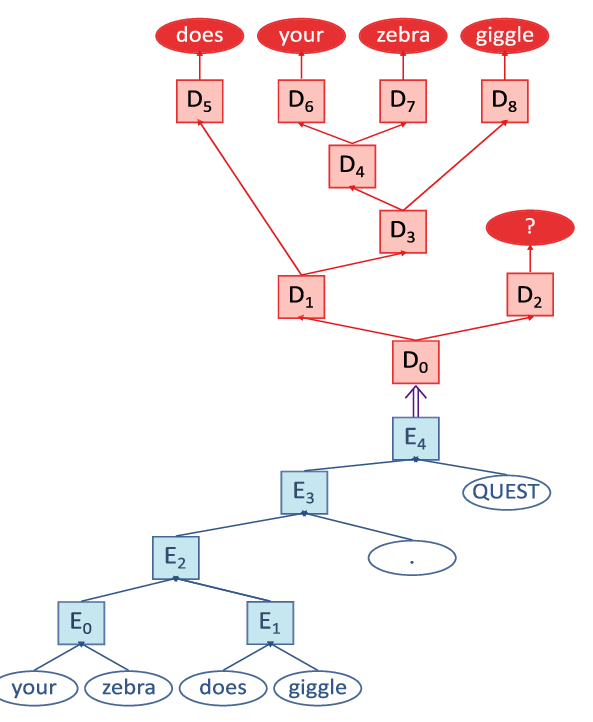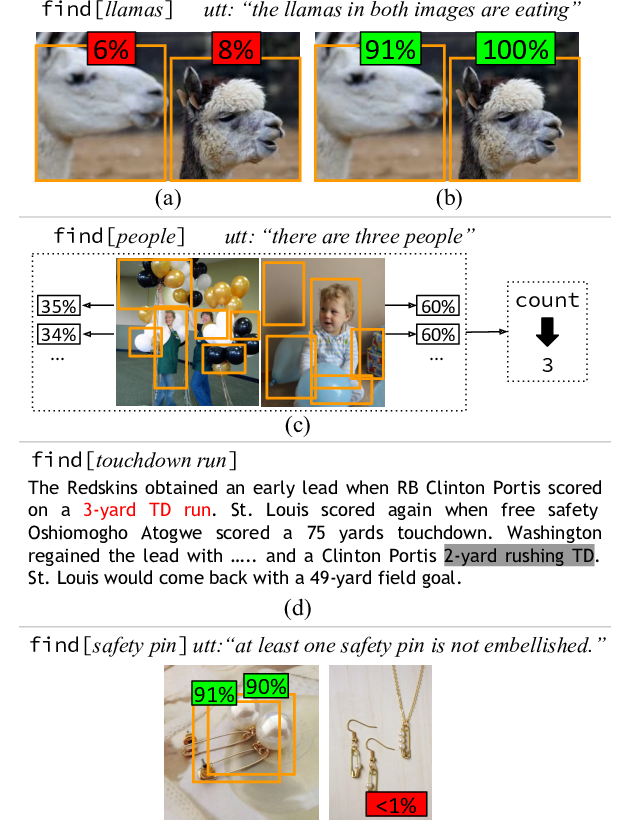Compositional Generalization by Factorizing Alignment and Translation
Jacob Russin, Jason Jo, Randall O'Reilly, Yoshua Bengio
Student Research Workshop SRW Paper
Session 9B: Jul 7
(18:00-19:00 GMT)

Session 15A: Jul 8
(20:00-21:00 GMT)

Abstract:
Standard methods in deep learning for natural language processing fail to capture the compositional structure of human language that allows for systematic generalization outside of the training distribution. However, human learners readily generalize in this way, e.g. by applying known grammatical rules to novel words. Inspired by work in cognitive science suggesting a functional distinction between systems for syntactic and semantic processing, we implement a modification to an existing approach in neural machine translation, imposing an analogous separation between alignment and translation. The resulting architecture substantially outperforms standard recurrent networks on the SCAN dataset, a compositional generalization task, without any additional supervision. Our work suggests that learning to align and to translate in separate modules may be a useful heuristic for capturing compositional structure.
You can open the
pre-recorded video
in a separate window.
NOTE: The SlidesLive video may display a random order of the authors.
The correct author list is shown at the top of this webpage.
Similar Papers
Does Syntax Need to Grow on Trees? Sources of Hierarchical Inductive Bias in Sequence-to-Sequence Networks
R. Thomas McCoy, Robert Frank, Tal Linzen,

A Systematic Assessment of Syntactic Generalization in Neural Language Models
Jennifer Hu, Jon Gauthier, Peng Qian, Ethan Wilcox, Roger Levy,

Obtaining Faithful Interpretations from Compositional Neural Networks
Sanjay Subramanian, Ben Bogin, Nitish Gupta, Tomer Wolfson, Sameer Singh, Jonathan Berant, Matt Gardner,

Learning to Segment Actions from Observation and Narration
Daniel Fried, Jean-Baptiste Alayrac, Phil Blunsom, Chris Dyer, Stephen Clark, Aida Nematzadeh,
